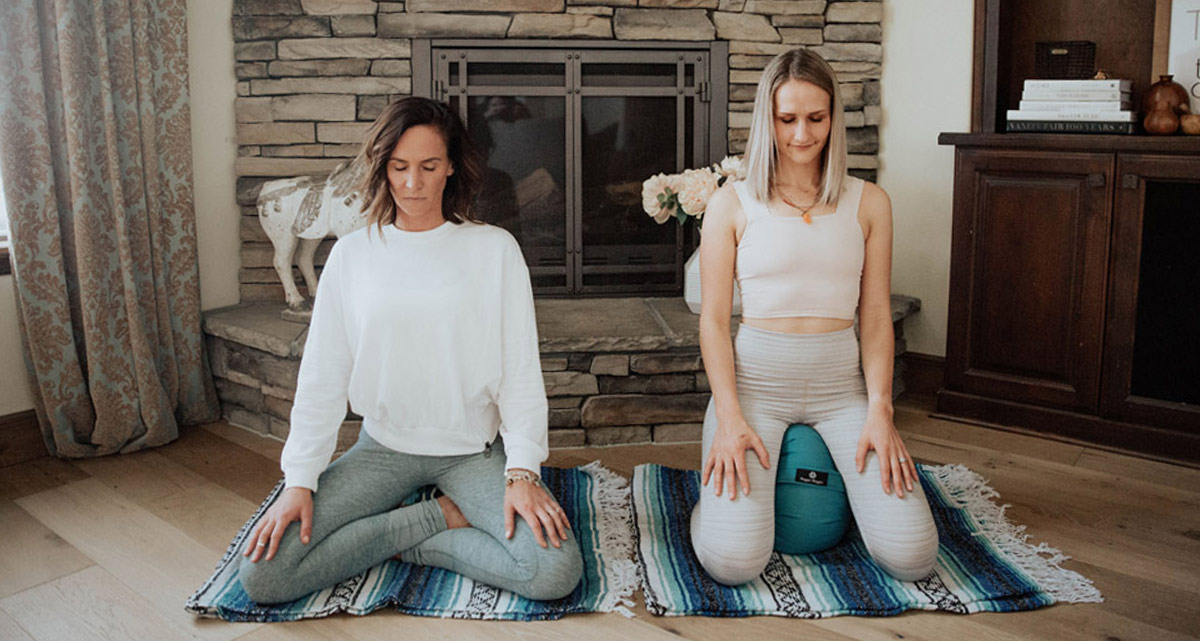
Mindfulness is trending these days. Since 2014, mindfulness has made the cover of TIME twice. The practice even has its very own magazine, Mindful, with articles touting the practice’s benefits, including stress management, trauma relief, alleviation of chronic pain and a general sense of contentment; daily life practices—mindful eating, listening and gardening; and practices of self-kindness and compassion. Mindfulness is being offered in corporate settings as a way to “optimize” employee performance. I’m currently one of more than a thousand people in the class of 2021 of the Mindfulness Meditation Teacher Certification Program with Jack Kornfield and Tara Brach.
What exactly is mindfulness? Most people would agree that it entails “being in the moment.” This is true. You can’t be mindful if you are dwelling in the past or the future. But you can be in the moment and not necessarily be mindful. For example, from the mid-’70s to the mid-’90s I attended a whole lot of Grateful Dead shows. While I was dancing to the Dead, I was totally in the moment, but I wouldn’t say I was being mindful.
Knowing That We’re Knowing
What takes us from simply being in the moment to being mindful is the observing power of the mind. Mindfulness requires that we know what is arising in the moment. When we are mindful, we are aware that we are aware.
For example, if you’ve ever sat down to meditate, you probably noticed that thoughts are present pretty much all the time. This is, in fact, one of the first insights people have when they begin to practice, just how much the mind is being pulled to and fro by memories, plans, worries, fantasies, etc. The knowing aspect of mindfulness allows us to be aware that thinking is happening and to tune into the actual energetic phenomenon that is a thought, rather than becoming lost, and then often reactive, to the stories our thoughts are telling us.
Mindfulness teaches us to ask the question: What is a thought? This is different from being absorbed in the content of our thoughts. With mindfulness, we can explore thinking itself as a phenomenon. When we observe the thinking process, what we often discover is that thoughts are insubstantial, energetic blips that come and go, just like sights, sounds, smells, tastes and sensations. Their only power is the power we give them.
One of my favorite quotes from mindfulness teacher and author Joseph Goldstein is: “The thought of your mother is not your mother. It’s just a thought.” I use this quote as a mantra when I’m getting caught up in obsessive thinking. It reminds me of the insubstantial nature of thoughts and helps me to unhook from the stories they tell.
Seeing the Filters
So this knowing quality is an essential part of mindfulness. But there’s more. We can be observing what’s arising and passing in each moment, but still be unaware of filters that are present. These filters—wanting, aversion and delusion—obscure our ability to see clearly. They also cause us to identify with what’s happening and then to become reactive.
In general, when our present experience is pleasant, we want to draw it in; we want more. We want it to stay and try to make it stay. When our present experience is unpleasant, we want it to go away, so we try to push it away. When our present experience is neither pleasant nor unpleasant, we can space out and lose presence.
These filters are unconscious, so they operate without our knowledge, unless we are mindful of them. When we’re not aware of filters, our reactions to what’s happening in a given moment can lead us to unskillful actions. Being aware of these filters is an important part of mindfulness. We can observe thoughts and sensations in the moment, but if we don’t see the filters, we’ll have an agenda. So mindfulness is not simply recognizing what’s arising; it’s also recognizing our reactions to what is arising.
How do we know when we’re not practicing this aspect of mindfulness? Struggle is a reliable clue. When we struggle in our meditation practice, it’s an indication that we are in a state of recognition, but not a state of mindfulness. Struggle can be a “mindfulness bell.” It tells us that there’s something happening that we’re not accepting. Mindfulness requires that we be open to what is present without responding with greed, aversion or delusion. So being aware of unconscious filters is a crucial link to reaping the benefits of practice.
Ever since hearing mindfulness explained this way by Joseph Goldstein on a retreat a few years ago, this is my template for practice: being in the moment, knowing what is arising in the moment and exploring what filters, if any, are present. It’s more work than simply being in the moment, but this framework has sharpened both my practice and my daily life mindfulness—after 30 years of practice.
I’ve heard Goldstein say many times that it doesn’t matter what is happening in our experience. What matters is our response to what is happening. This is true in our meditation practice and in our lives. We all experience pleasure and pain, gain and loss. The only thing we can control is how we respond.
This is the power of mindfulness. It gives us tools that can help us live our lives with greater equanimity. Mindfulness will not protect us from life’s ups and downs. But when we practice seeing clearly, without filters, we can navigate the ebb and flow of our lives with grace.
